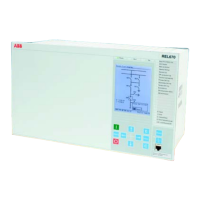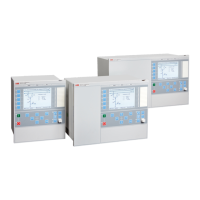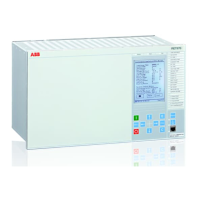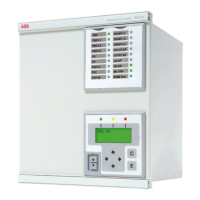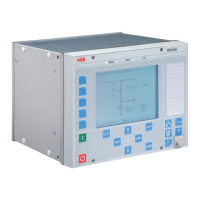Table 55: OOSPPAM Non group settings (advanced)
Name Values (Range) Unit Step Default Description
StartAngle 90.0 - 130.0 Deg 0.1 110.0 Angle between two rotors to get the start
signal, in deg
TripAngle 15.0 - 90.0 Deg 0.1 60.0 Maximum rotor angle to allow trip
signals, in deg
6.4.6 Monitored data
PID-3539-MONITOREDDATA v8
Table 56: OOSPPAM Monitored data
Name Type Values (Range) Unit Description
CURRENT REAL - A Magnitude of the
measured positive-
sequence current, in A
VOLTAGE
REAL - kV Magnitude of the
measured positive-
sequence voltage, in V
R
REAL - % Real part of measured
positive-sequence
impedance % of UBase/
(sqrt(3)*IBase)
X
REAL - % Imaginary part of
measured positive-seq
impedance % of UBase/
(sqrt(3)*IBase)
SLIPFREQ
REAL - Hz Slip frequency in Hz
ROTORANG REAL - deg Rotor angle as estimated
by the out-of-step
function
UCOSPHI
REAL - kV Estimated Ucos(Phi)
voltage during pole slip,
in V
6.4.7 Operation principle
GUID-787EEB01-B760-4D4B-AB4E-1DCD6ABFFF5E v6
General
Under balanced and stable conditions, a generator operates with a constant rotor
angle (power angle), delivering active electrical power to the power system, which
is approximately equal to the input mechanical power on the generator axis.The
currents and voltages are constant and stable. An out-of-step condition is
characterized by periodic changes in the rotor angle, that leads to a wild flow of the
synchronizing power; so there are also periodic changes of rotational speed,
currents and voltages. When displayed in the complex impedance plane, these
changes are characterized by a cyclic change in the complex load impedance Z(R,
X) as measured at the terminals of the generator, or at the location of the
Section 6 1MRK 506 382-UEN A
Impedance protection
138 Line distance protection REL650 2.2 IEC
Technical manual
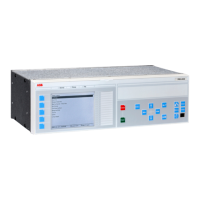
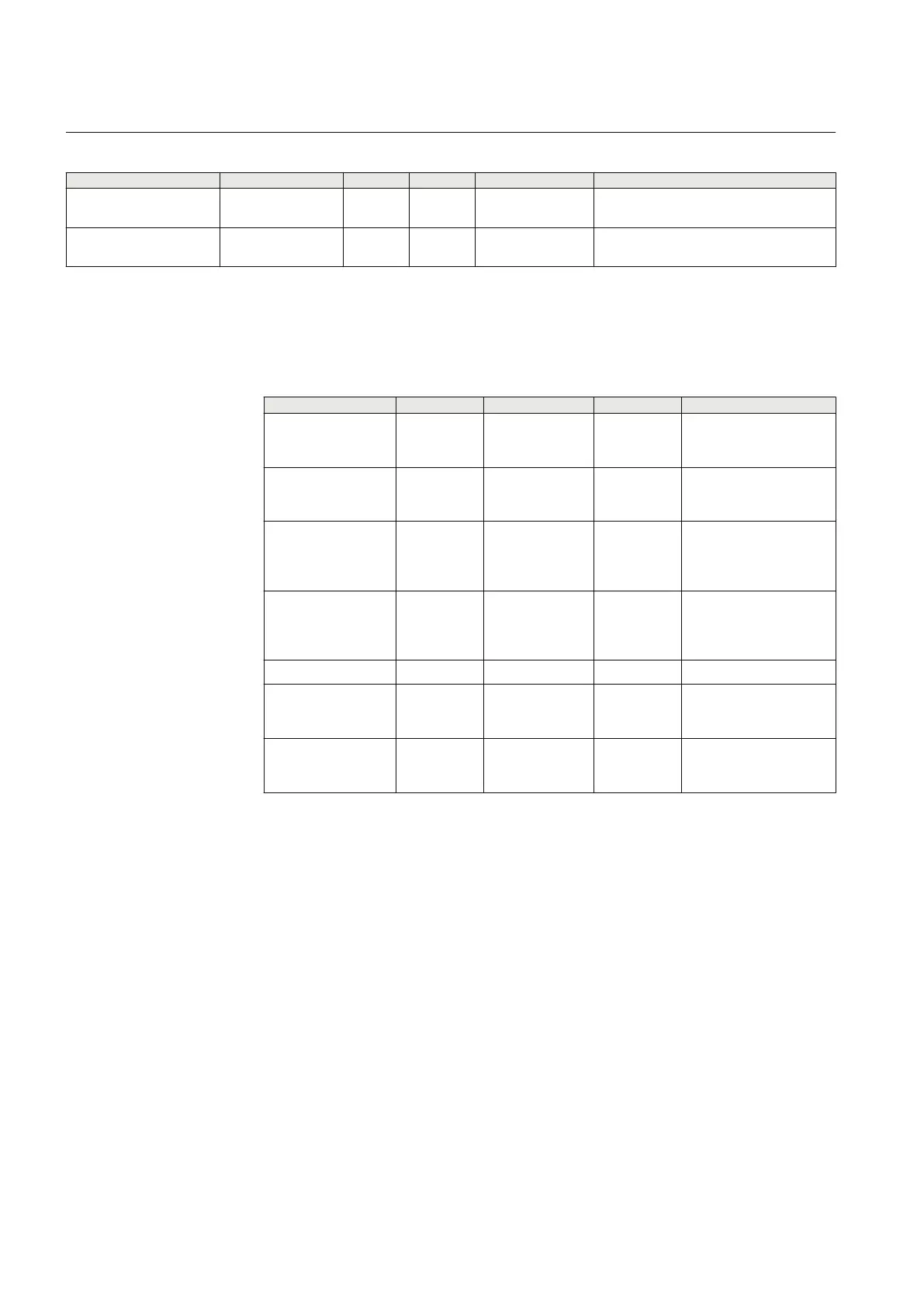